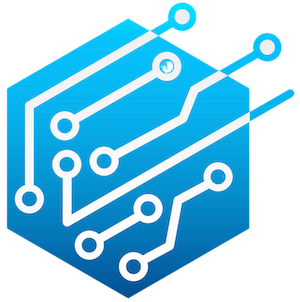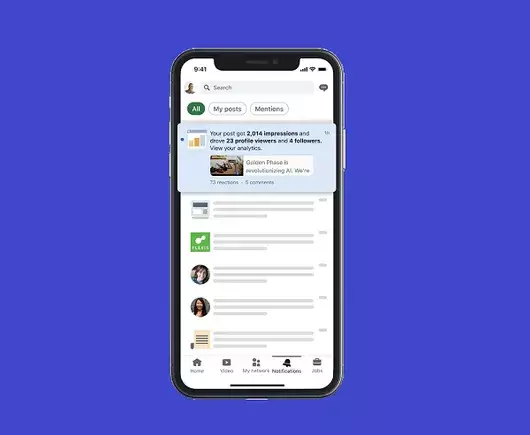LinkedIn’s latest update signifies a pivotal shift in how users understand their content performance. By introducing dynamic, timely notifications about post engagement, LinkedIn transforms passive content creation into a deliberate, data-driven endeavor. The platform now offers notifications at key intervals—such as three and seven days post-publication—highlighting when a post begins to draw profile viewers or new followers. This feature isn’t just about tracking metrics; it’s about empowering users to adapt and refine their strategies on the fly.
These real-time updates serve as a catalyst for more effective content planning. Creators, whether individual thought leaders or corporate brands, can now gauge the immediate impact of their posts and adjust their messaging or timing accordingly. Instead of waiting for a monthly report or digging through complex dashboards, users receive digestible, actionable insights directly within their notifications stream. In addition, this reinforces a culture of responsiveness—if a post gains traction quickly, users can capitalize on the momentum, fostering more meaningful engagement.
Refining Content Strategy Through Layered Analytics
LinkedIn’s commitment to transparency is evident in the expansion of its post analytics. Previously, insights were somewhat limited, focusing mainly on impressions and basic engagement metrics. Now, the platform offers a deeper dive into profile activity, link engagement, and the ripple effects of each post. The introduction of notifications about how content influences follower growth and profile visits effectively bridges the gap between raw data and strategic action.
This layered approach allows creators to understand not just what garners likes or comments, but how their content actively drives professional growth. For businesses aiming to build brand authority or individual professionals seeking to expand their network, this granular feedback is invaluable. It provides a clearer picture of what resonates with the audience and, importantly, what doesn’t. Regular updates foster continuous learning and enable creators to adapt their approach—potentially even experimenting with new formats or topics based on the emerging patterns.
The Broader Push Toward Creator Monetization and Platform Loyalty
LinkedIn’s enhanced analytics, coupled with its expanding creator incentives, suggest a strategic move to position itself as a fertile ground for professional content creators. As X (formerly Twitter) declines as a hub for business discourse and genuine thought leadership, LinkedIn stands to fill that void, attracting influential voices who seek greater exposure and monetization options.
Providing detailed insights directly in the notifications stream not only motivates active posting but also builds an ecosystem where creators are rewarded for their efforts. This layered incentive structure—ranging from improved visibility to potential monetization—serves to lock users into the platform, making their content efforts more rewarding and strategic.
However, this approach isn’t without its pitfalls. Constant notifications could potentially become overwhelming, leading to distraction or notification fatigue. Yet, LinkedIn’s recognition of user control over notification settings indicates an awareness that balancing informativeness with user experience will be key. When managed well, this update can forge a symbiotic relationship between platform and creator—driving engagement, enhancing content quality, and ultimately positioning LinkedIn as the premier professional social network.


Leave a Reply